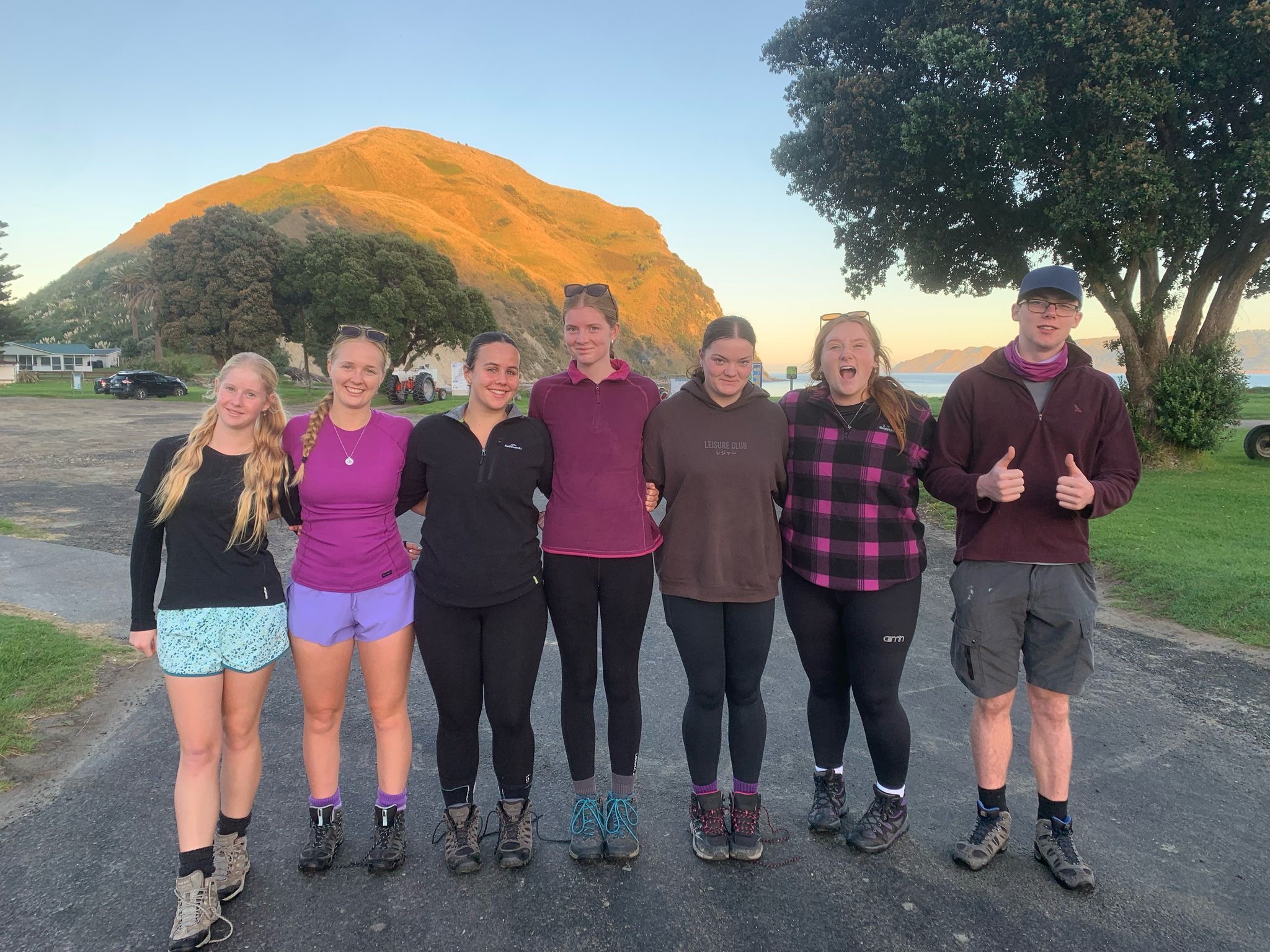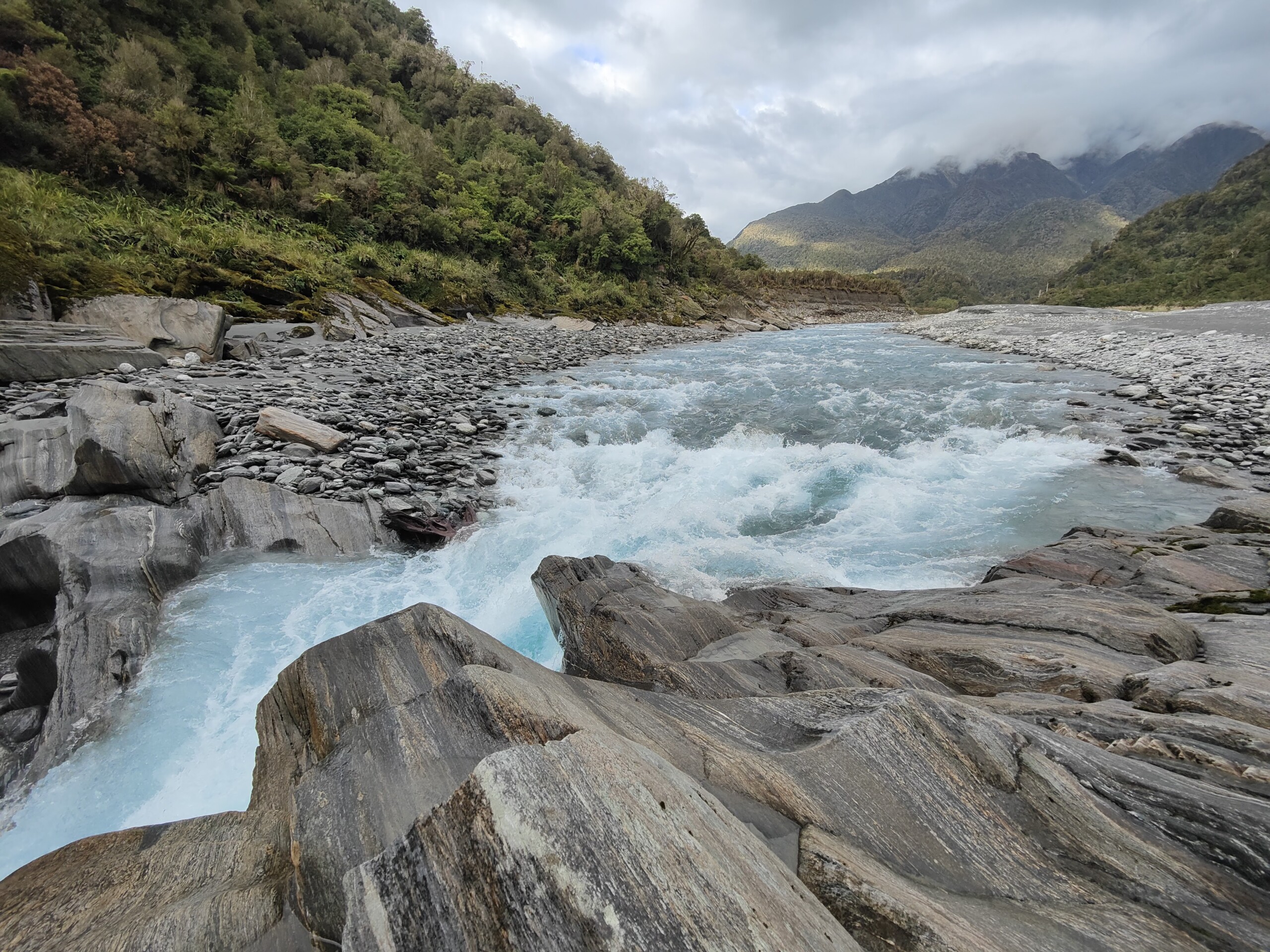FMC’s feedback on current hut service standards

Background
The Department of Conservation’s Hut Service Standards were first approved in 1999. They were reviewed and revised in 2004 (see the current document here).
DOC manages and maintains a network of 950 backcountry huts. Other organisations, such as the Backcountry Trust, are now maintaining some of these huts and there have been a number of changes in backcountry recreation since 2004.
DOC has announced an imminent review of the Hut Service Standards, and has contacted a number of stakeholders for a first round of consultation.
FMC’s feedback on the current hut service standards
FMC is being involved in the early stage of the consultation, and has submitted the following comments on the current hut service standards:
- It is inappropriate in this context for the backcountry hut network to be included in any discussion relating to the wider accommodation industry. Huts in New Zealand are first and foremost for shelter in an outdoor recreation and conservation context and must remain that way in the face of tourism pressures.
- FMC is not comfortable with arbitrary limits being placed on hut sizing, especially at the higher end of the scale, as limits can often be treated as a standard to aim for. The capacity of a hut – either a new build or an upgrade – should always be appropriate to its place in the landscape, existing hut usage patterns and the capacity of the existing track.
- Huts are designed to be communal facilities and play an important role in the learning and reinforcement of social and backcountry etiquette. Crowding, especially in adverse weather conditions, should not be seen as an adverse outcome that needs to be fixed. Rather, provided there is no detriment to safety, it can be a valuable opportunity to reinforce the need to share, to take turns, to carry a tent or a bedroll and to make room for others.
- FMC does not agree with the statement that the provision of cookers is desirable in huts where large numbers of inexperienced “Backcountry Comfort Seekers” would otherwise have to use their own cookers. All parties should be self sufficient and appropriately equipped.
- FMC considers it impractical to have 80% of a full hut’s occupants cooking at any one time. Cooking spaces have a natural ebb and flow throughout the course of an evening – hot drinks and family meals at the beginning of an evening, adult groups later in the evening, then preparation for the next day’s tramp (e.g. boiling water) at the end of the evening.
- Signage should be used judiciously and in a way that does not detract from the atmosphere of huts.
- FMC is opposed to food sales and wifi availability in huts. These are abrasive to the kaupapa of backcountry recreation.
- FMC fully supports the continued usage of the Recreational Opportunities Spectrum and Visitor Management Zoning. They have proven themselves as effective instruments over three decades, enjoying enduring buy-in from all key stakeholders.
The entire document submitted by FMC is available here.
Photo at top: Lake Angelus Hut, Nelson Lakes National Park. (c) Nicola Ponsonby, FMC Individual Supporter
Share This Story, Choose Your Platform!

Latest News
The Department of Conservation (DOC) is trialling car parking fees at White Horse Hill (Aoraki/Mount Cook National Park), Franz Josef, and Dolomite Point [...]
In September Federated Mountain Clubs of New Zealand (FMC) submitted feedback opposing government proposals to move Outdoor Education (OE) out of the NCEA senior [...]
Federated Mountain Clubs of New Zealand (FMC) has alerted the Fast-track Approvals Panel Convenor to false and misleading information in Westpower’s fast-track application [...]






